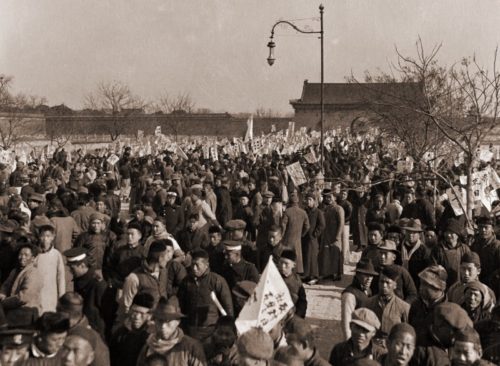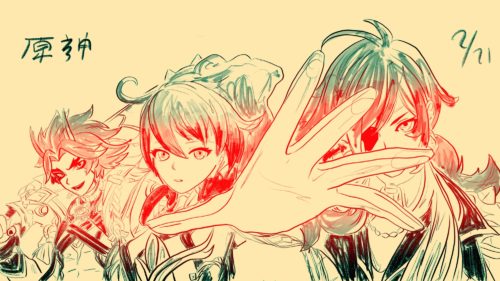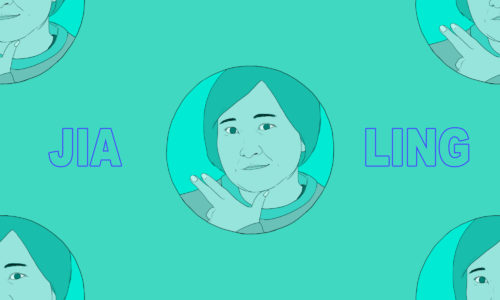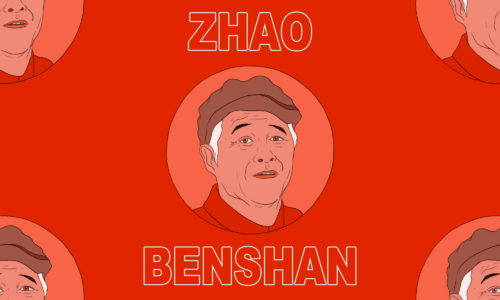In 1962, China is a glittering superpower. The emperor presides as a powerless figurehead over a democratic nation of power, peace, and prosperity. The country has made its fortune in manufacturing and trade, and is now a cosmopolitan magnet for the young and ambitious, lured from across the world in hot pursuit of the China dream.
Or at least, that was the hope in Liang Qichao’s 1902 utopian novel The Future of New China. Although tragically off the mark, Liang’s version of 1962 was “an early version of the ‘Chinese dream,’” according to Dr. Carlos Yu-Kai Lin of City University of Hong Kong, co-editor of Remembering May Fourth.
In China’s great race to the 21st century, Liang was the man with the starting gun. His concept of Chinese nationalism was pivotal to the May Fourth Movement and all that came after.
Who is Liang Qichao?
Born in a small village in Guangdong in 1873, Liáng Qǐchāo 梁启超 would go on to become one of the great polymaths of the early 20th century. A journalist who founded scores of newspapers; a translator who coined Chinese words for exotic terms like “nation” and “democracy”; a teacher who pioneered a new curriculum merging Western and Chinese ideas; a politician and diplomat; an academic who blazed a trail for modern studies of Chinese history and philosophy.
He had done very well under the regime he wanted to tear down, a prodigy in the Confucian classics, scorching through the levels of the Imperial Exams. Aged just 16, he became the youngest person in living memory to pass the fiendishly difficult Jǔrén 举人 provincial exams. The head examiner was so impressed, he promptly offered him his daughter’s hand in marriage.
But Liang was climbing a pole that was near collapse. China had suffered a string of humiliations at the hands of European powers in the 19th century. Defeat by Japan in the First Sino-Japanese War of 1895 was another humiliation — the only option for survival seemed to be modernization.
But Liang and his lifelong colleague Kāng Yǒuwéi 康有为 didn’t fare well in implementing reforms. They advised Emperor Guangxu during the 1898 Hundred Days’ Reform, but hopes were dashed when Empress Dowager Cixi imprisoned Guangxu and sought to execute them. Liang and Kang fled to Japan, Liang living there in exile for the next 14 years. His reformist policies made little impact when he finally returned to serve the Chinese Republic in 1911.
Writing was where Liang shone, especially in his New Citizen Journal. Written in exile from 1902-07, Liang recalibrated his readers’ worldview in articles written in exquisite classical Chinese. Their land was no longer a borderless, eternal and ever-expanding Qing Empire, but a state jostling for position like any other. They were not subjects of an emperor who owned the state — they were “Chinese,” part of a nation even the emperor was subject to. This new nation was in the hands of the young; if they wanted it to survive, they needed to reject the outdated “wisdoms” of older generations.
The journal was a sensation, read by anyone interested in reform. Future May Fourth leaders were riveted — Hú Shì 胡適’s diary records him still reading them five years after the journal had stopped in 1907. In 1935, Máo Zédōng 毛泽东 claimed he’d read them so often in his youth he knew them by heart. He became very interested in Liang’s arguments for “destructivism” — “there can be no construction without destroying what’s already built.”
But this was only a brief flirtation by Liang, who tried on every new idea to see if it would fit. Some of his ideas have aged well. Women needed an education equal to a man’s if they were to help build the nation. A Western democracy with balanced branches of government, presided over by a constitutional monarchy. A free and accurate press, acting as “a father or elder brother” to the government, “teaching him when he does not understand, and reprimanding him when he gets something wrong.” A leader calling the press “fake,” or an outlet exaggerating news to attract readership, would be a house divided.
But he also introduced Chinese readers to “race.” In Liang’s new framework, the middle kingdom was now Zhōnghuá mínzú 中华民族, “the Chinese nation/race,” a phrase still favored by state media, grouping the Chinese (all 56 ethnicities) as a “race” all their own. These ethnicities had traditionally been divided, but what mattered for Liang was for them to unite as part of the same “Yellow” race, defending against the “White” race in a battle that was inevitably looming.
In 1903, Liang believed this “race” had some old habits that died hard. He was disillusioned by a visit to San Francisco’s fledgling Chinatown: although they were in the land of the free, the Chinese hadn’t mingled with other Americans, recreating the society of rigid hierarchies and inequalities of their motherland, with no care for civic duty. “With such countrymen,” Liang wrote in Selected Memoirs of Travels in the New World, “would it be possible to practice the election system?”
Change could only happen gradually — a revolution would leave China weaker. He opposed the 1911 coup that overthrew the withered Qing Dynasty (advocating for a constitutional monarchy like in Japan or Britain).
Liang was not in China on May 4, 1919. He was in Paris as China’s delegate in the peace talks after World War I. But he had laid down the gunpowder of Chinese nationalism long ago. Now, he lit the fuse by sending Chinese students the news that their government had agreed to let Japan annex parts of China.
But while students in Tiananmen chanted for science and democracy, Liang was losing heart. The Europeans had put their faith in science, nationalism, and progress, and it had led to total destruction. It was a “bankrupt” world. One American journalist told Liang he would “shut my door and wait for you people to bring Chinese civilization here to save us.”
Maybe there was room for the old after all. In the 1920s, he championed Confucianism and Buddhism to temper the cold steel of Western modernity. He had returned to his traditional roots, and asked for a Buddhist funeral upon his premature death in 1929.
Liang’s resistance to the 1911 revolution sidelined him in China’s history books until the 1980s. Denying the mandate of the 1911 revolution, they reasoned, was to deny the legitimacy of all the regimes that came after the Qing. But as Hu Shi noted, “were it not for the pen of Liang…could the success [of 1911] arrive so soon?”
Today his name is not universally recognized, often outshone by May Fourth writers like Lǔ Xùn 鲁迅. Although he was too old to have been a May Fourth intellectual, he is bound tightly to the movement, his voice harnessed to commemorate its revolutionary spirit. His appeal to the youth of China to build a strong and responsible nation has been circulating on Weibo in the run-up to this year’s May Fourth (unofficial) commemoration. But his fiery writing — running to 148 volumes — is hardly read now.
Toward the end of his life, Liang noted ruefully that he had been much more successful at breaking down the old than building up the new. But he set China’s target. In some ways (excluding politics), China is living a dream straight from the pages of The Future of New China.
Chinese Lives is a weekly series. Previously:






